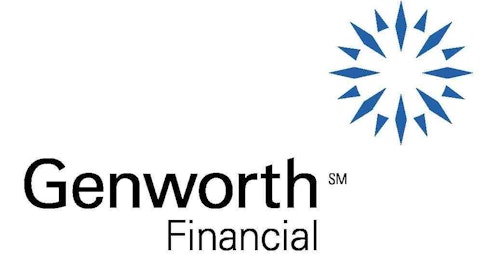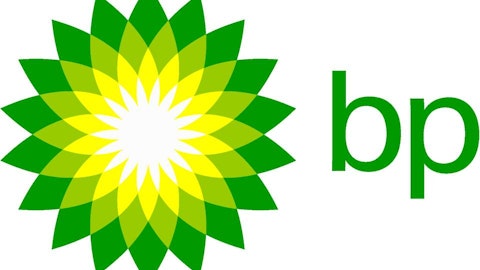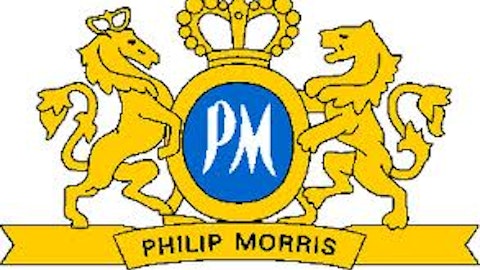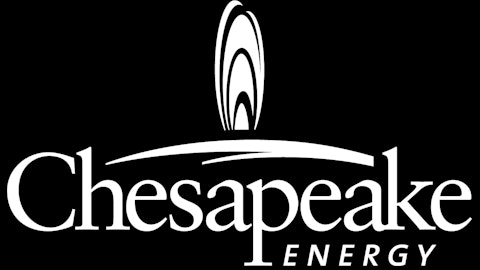Give Me More Shale Deals
As output from aging fields off Norway’s coast declines, Statoil ASA(ADR) (NYSE:STO) is another major player who is expanding internationally and into so-called unconventional resources. In June 2012, Statoil acquired 65% of PetroFrontier’s interests in four existing exploration blocks, plus two pending permits in the Southern Georgina Basin, Northern Territory, Australia. The venture may drill as many as 20 wells by 2017 in three phases.
Hess Corp. (NYSE:HES) made a JV agreement with Falcon Oil & Gas that covers significant seismic costs and an option to drill five wells. Falcon holds 100% interest in four exploration permits covering 7 million acres in the Beetaloo Basin of the Northern Territory, Australia. As of August 2012, Hess has deployed two seismic crews in central Australia’s Beetaloo basin and has increased its planned capital expenditure to $57.5 million from $40 million. Hess shot 470 line-km of 2D seismic in 2011. In 2012, Hess also completed the acquisition of seismic data on Exploration Permits 76, 98, and 117 held by Falcon. Following completion of the seismic program, Hess may elect to drill and evaluate five wells to earn a 62.5% WI in the licence area covered by the three permits but excluding the 100,000 acres around the Shenandoah well. Hess has until the 30th June 2013 to make this election.
Rodinia Oil is another Canadian company that holds onshore petroleum and natural gas assets in Australia’s Officer Basin. According to the company, the Officer basin is geologically analogous to the vast producing fields in Siberia and Oman that are of equivalent Neoproterozoic age. According to the independent resource-evaluation firm, Ryder Scott Company Consultants Ltd., Rodinia’s lands contain prospective (recoverable) un-risked, undiscovered resources totalling 125.7 billion barrels of oil. Rodinia drilled the Mulyawara-1 and Kutjara-1 wells in 2011 and encountered oil and gas shows and excellent Neoproterozoic reservoirs. Although these shows demonstrated an active mature petroleum system capable of generating hydrocarbons, both wells were plugged and abandoned as neither was perceived to be commercial. However, the company continues its efforts to find cash in order to keep drilling and prove its acreage.
Foolish Round Up
Although large-scale shale production in Australia may take time due to a lack of drilling equipment, higher labor and infrastructure costs, several global energy companies are trying to tap what Australia’s government estimates is 400 tcf of potential shale gas resources. So it seems that the opportunities in Australia are tremendous and this could be the next big thing. It remains to be seen how the things will evolve in 2013 when the first rigs start drilling at the kangaroo continent.
The article Will The Australian Basins Drive The Next Shale Oil And Gas Boom? originally appeared on Fool.com and is written by Nathan Kirykos.
Copyright © 1995 – 2013 The Motley Fool, LLC. All rights reserved. The Motley Fool has a disclosure policy.





